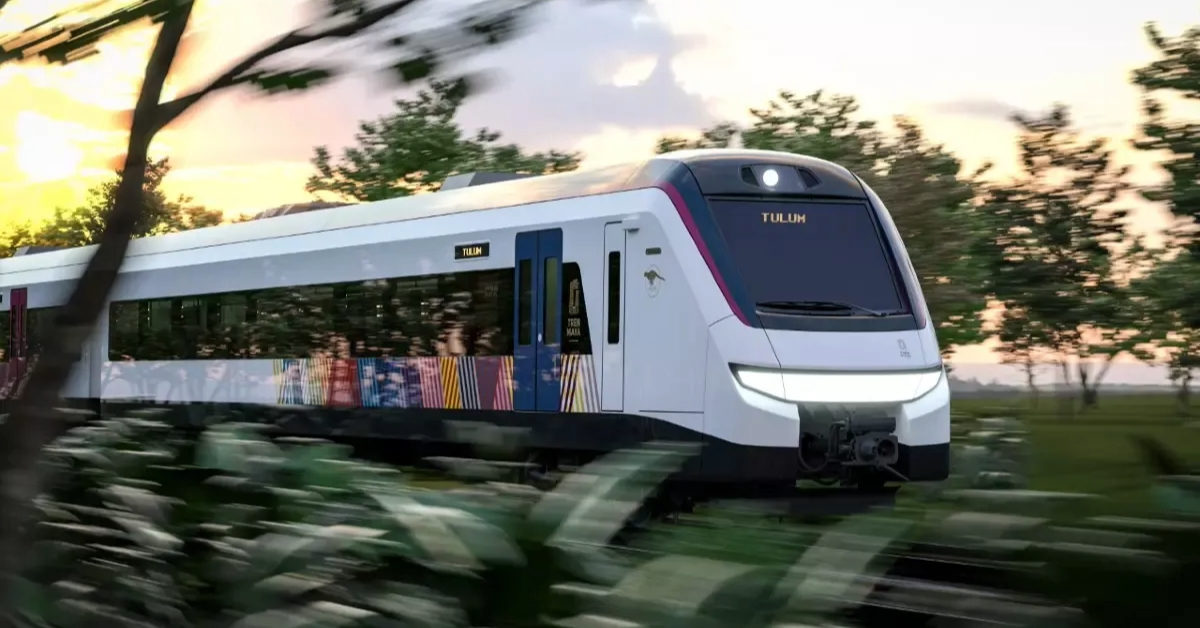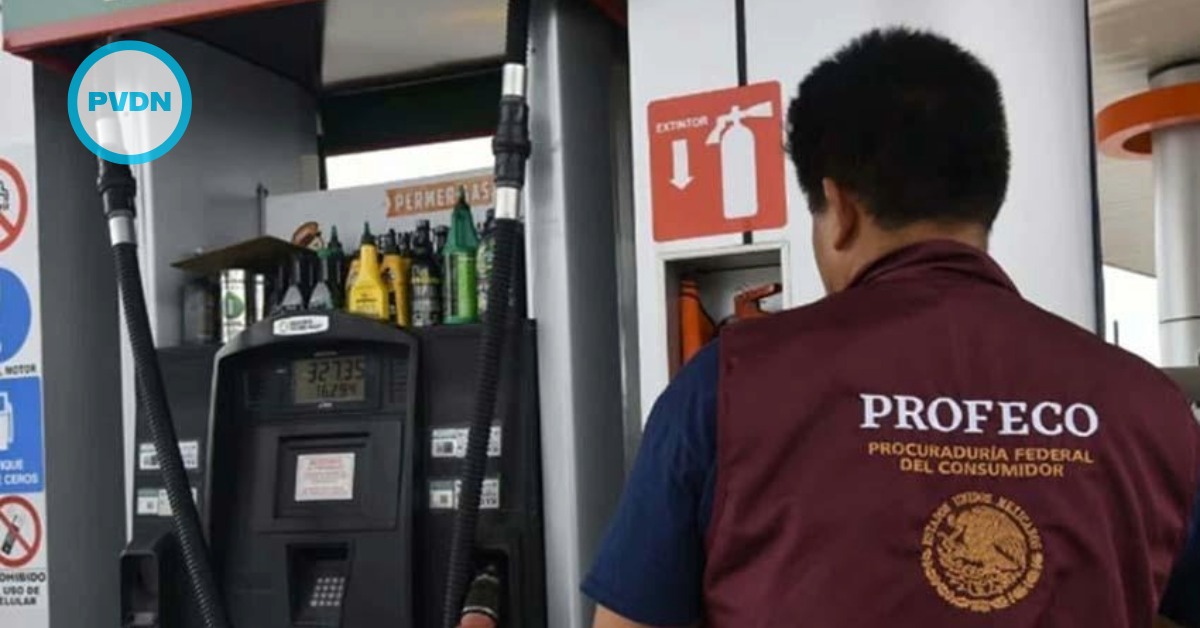Puerto Vallarta, Mexico - President Claudia Sheinbaum has set in motion one of her key campaign promises: promoting the return of passenger trains across Mexico. On Thursday, alongside members of her cabinet, Sheinbaum announced that preliminary construction will begin in the first half of next year. The ambitious project aims to lay over 3,000 kilometers of railway tracks, connecting the capital with the northern regions of the country. The initiative will kick off in 2025 with four key sections totaling approximately 786 kilometers.






